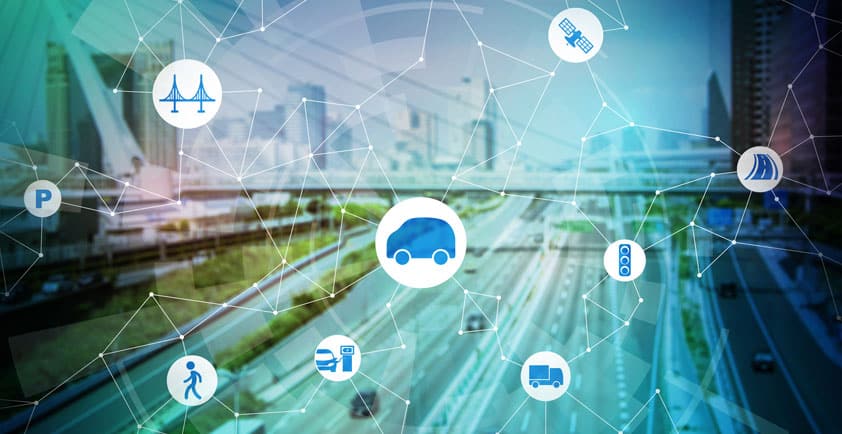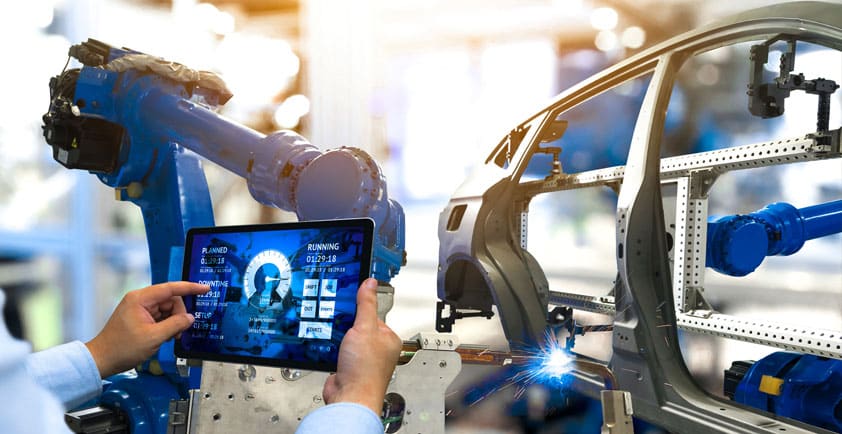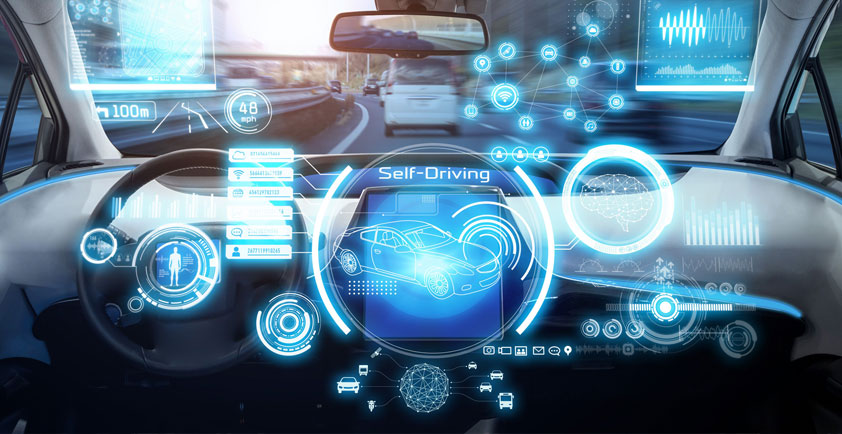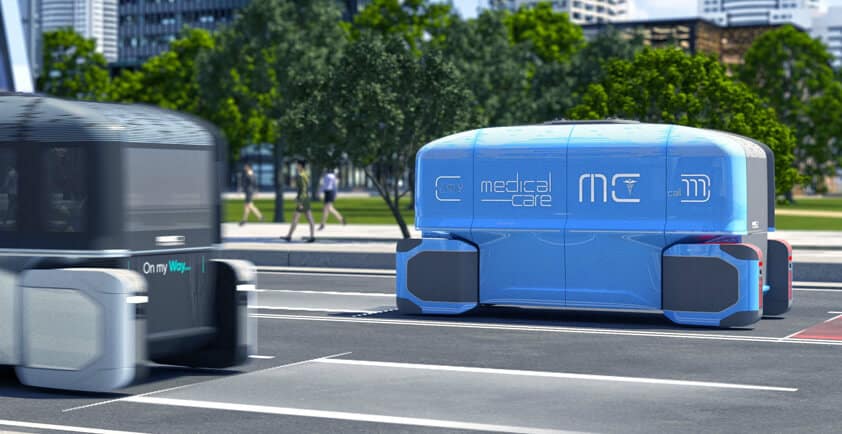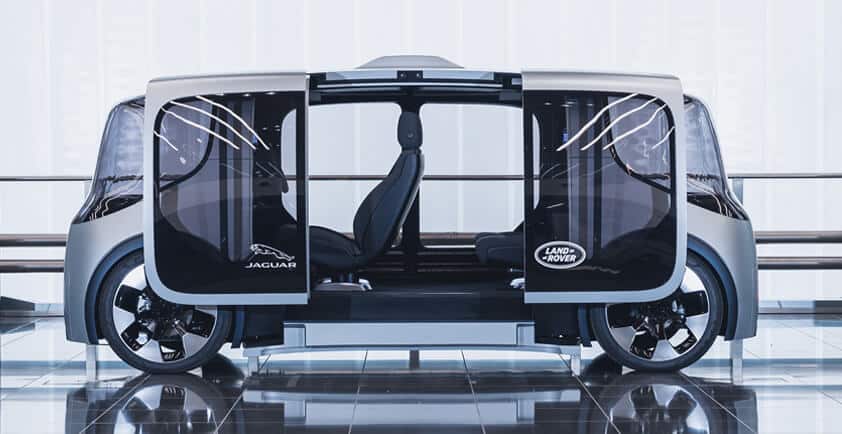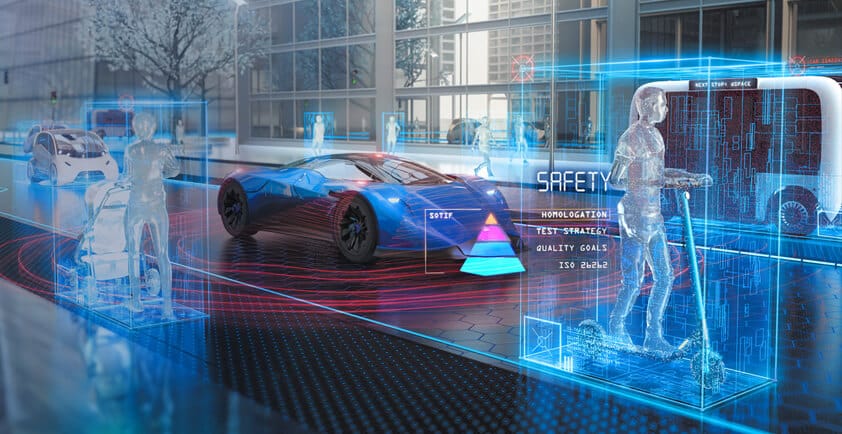
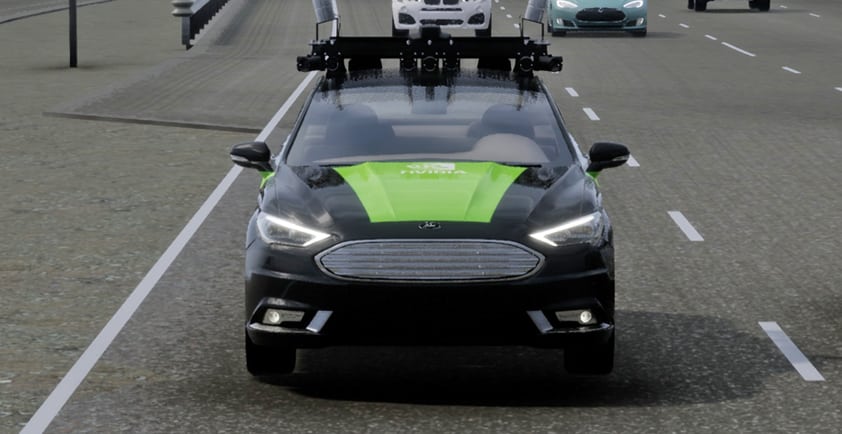
HOW EQUINIX AND NVIDIA ARE PAVING THE WAY FOR AUTONOMOUS DRIVING
The 2020s will become known as the decade when connected and autonomous vehicles finally hit our highways. This represents a huge opportunity – but also a great challenge – for the industry.
According to ABI research, the total number of registered vehicles in the world will peak in 2023 and start declining from that point forward, meaning the automotive industry will have to adapt and find ways to generate revenue outside of its traditional sales funnel.
As a result, many of the leading automotive brands have already undergone large-scale digital transformation at a corporate level over the course of the past decade. They are now on a path to becoming software companies as well as manufacturers, while also automating factories worldwide to drive productivity and cost efficiencies.
But it doesn’t stop there. They are also having to reformulate their businesses in ways never previously considered. For example, BMW is putting its entire supply chain up in the cloud with AWS, while others are also moving workloads and software infrastructure to the cloud.
All of this hurtles us toward a landscape where "mobility-as-a-service" offers far more than just infotainment and location services.
It will go way beyond infotainment too, with increasing reliance placed on advanced data for safety and traffic control. When combined with artificial intelligence and machine learning, this represents a significant change and a huge market opportunity for data center solutions and the original equipment manufacturers (OEMs) themselves.
It is for this reason that Equinix has joined the NVIDIA DGX Ready Data Center Partner Program, which gives automotive companies access to NVIDIA DGX Systems inside numerous Equinix data centers throughout North America, Europe and Asia Pacific. Developed to meet the demands of AI and analytics, NVIDIA DGX Systems deliver ground breaking performance and results for training deep neural networks.
Navigating the digital disruption
The sheer volume of data generated by connected and autonomous vehicles means that automotive sector companies currently developing those products and solutions require the sort of AI workload deployments which would prove challenging for traditional data center capacity.
The result will be increased customer demand for data centers with higher levels of density, and which have the artificial intelligence and machine learning (AI/ML) tools to allow them to develop, train and then test and validate AI models quickly and efficiently.
NVIDIA has developed an open, software-defined platform, which scales from Level 2 to Level 5. Before we can even reach Level 4 and 5 automated and autonomous vehicles, we will need dense deployments of around 100 DGX Systems for this development alone.
Going from Level 3 up and through Level 5 and on to robotaxis requires AI training with a large cluster of graphics processing units (GPUs). Once the training is done, the new algorithms derived are transferred to the inference engines on vehicles for another round of testing. This cycle iterates until the automated/autonomous driving software is stable.
Equinix working in partnership with NVIDIA means the potential for growth in onboard vehicle services solutions, fuelled by the connection of more and more vehicles to the network.
It doesn’t matter whether the software itself is aimed at drivers, owners or fleet managers. OEMs, manufacturers, tier one road operators, parts suppliers and data scientists will all be able to customize the data center solution that works best for them.
By leveraging NVIDIA solutions, we will keep pace with disruption by collaborating on AI/ML solutions and creating an edge processing reference architecture for connected vehicle and smart transportation AI/ML ADAS (Advanced Driver Assistance Systems) research and development.
A podium finish
To be successful, AI solutions deployed to develop connected and autonomous vehicles rely on a wealth of data sources. They also need to connect to a range of users, cloud applications for analytics and storage and other machines. This needs to be instant with a low latency flow of data between parties and requires the deployment of distributed infrastructure at the digital edge, in close geographical proximity to the systems, users, applications, analytics and data, as well as the vehicles on the road.
At Equinix, we believe the ability to directly and securely interconnect companies and privately exchange data is critical for enterprises looking to leverage AI infrastructure successfully. So, by removing the distance between data sources and establishing a presence at the digital edge on Platform EquinixTM, automotive businesses can leverage more than 200 data centers and our interconnection solution portfolio in multiple markets globally to seamlessly access dense ecosystems of partners, more than 1,800 network providers and 2,900 cloud and IT solution providers.
Equinix Cloud Exchange Fabric™ (ECX FabricTM) provides an alternative to internet-based software delivery by offering private, secure and reliable global interconnection to move the data. ECX FabricTM directly and dynamically connects distributed infrastructure by establishing data center-to-data center network connections via software-defined interconnection in more than 52 metropolitan centers around the world. This not only improves data flow and the performance of applications, but also offers scalability whilst maintaining data security.
We are here to help companies as they build towards a future C.A.S.E – connected, autonomous, shared and electric – vision. This signals significant changes in network architectures (omni-channel plus more optimised) with the ability to leverage emerging tech like AI, analytics and new data management and platform strategies.
Combining Equinix’s global footprint service SLA of 99.9999% and ECX FabricTM with NVIDIA’s superior AI solutions, the automotive ecosystem can be confident of developing, testing and deploying mobility solutions for the next decade and beyond.
Author: Doron Hendel - Business Development Senior Manager




